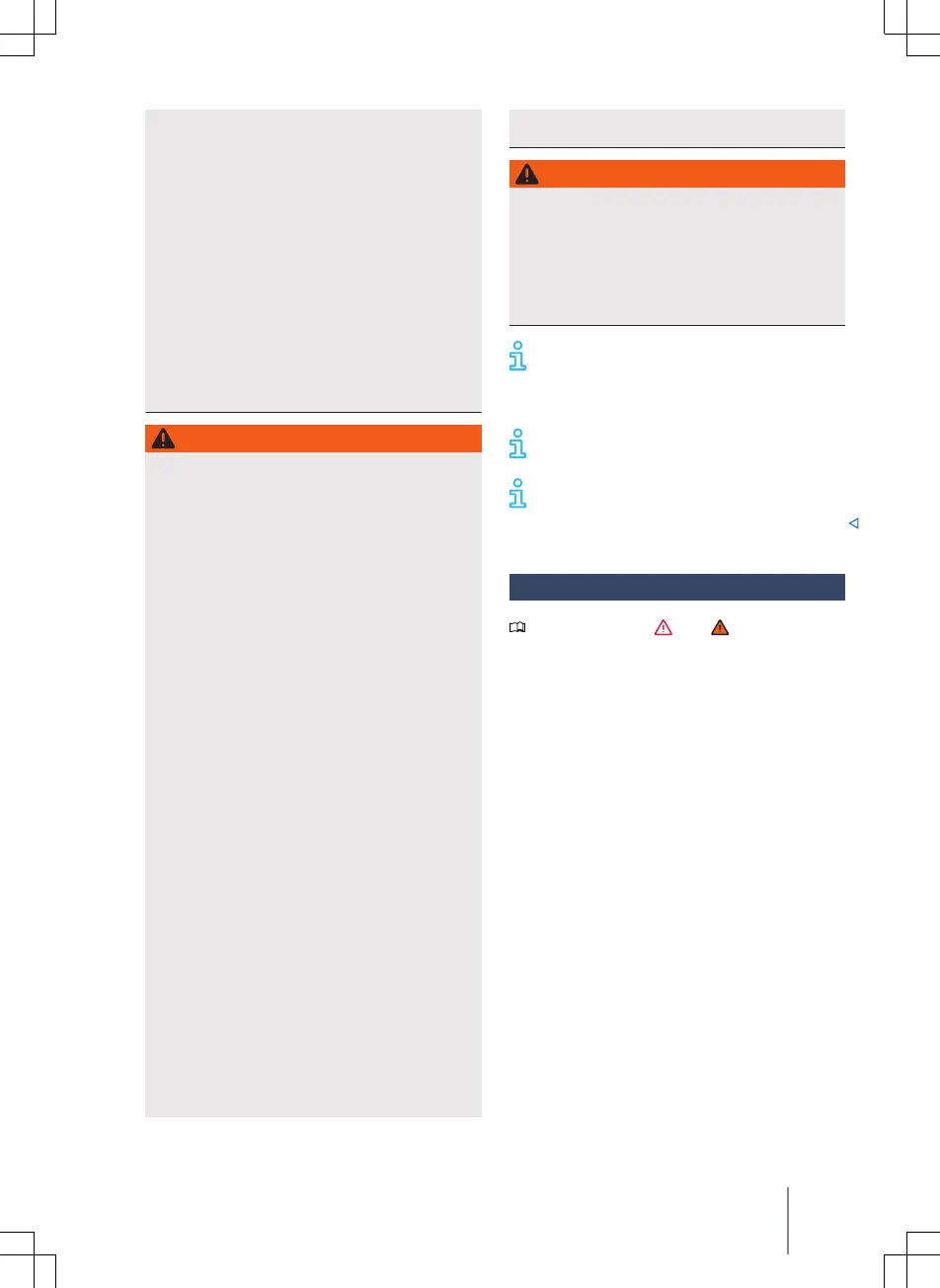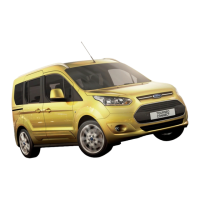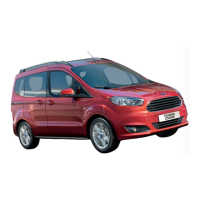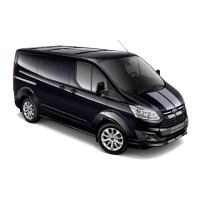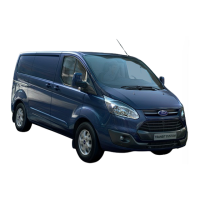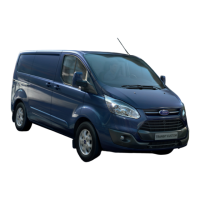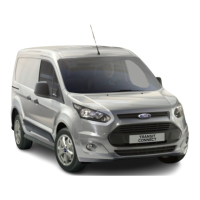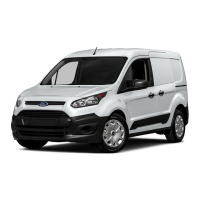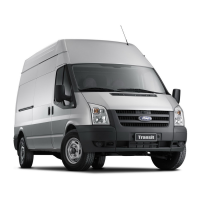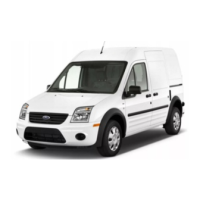·
Use the towing bra
cket only if it is un-
damaged and fitted correctly.
·
Do not carry out any alterations or re-
pairs to the towing bracket.
·
Swivel in the ball coupling or remove
the ball coupling if possible in order to
reduce the risk of injury in rear-end colli-
sions and also for pedestrians and cy-
clists in the case of parked vehicles.
·
Never install a “weight-distributing” or
“load-balancing” towing bracket to the
vehicle. The vehicle was not construc-
ted for these kinds of towing brackets.
The towing bracket can fail, causing the
trailer to tear loose from the vehicle.
WARNING
Towing a trailer and transporting heavy or
bulky items c
an change the vehicle han-
dling, increase the braking distance and
lead to accidents.
·
Always secure loads properly using
suitable and undamaged lashing, re-
taining or securing straps.
·
Ensure that your speed and driving style
are always appropriate for the current
visibility, weather and road/trac con-
ditions. Reduce your speed, particularly
when driving downhill.
·
Trailers with a high centre of gravity are
more likely to tip over than trailers with
a low centre of gravity.
·
Always drive carefully and ensure that
you think ahead. Accelerate particularly
carefully and gently. Avoid abrupt and
sudden driving and braking manoeu-
vres.
·
Take special care when overtaking. Re-
duce your speed immediately if the
trailer shows even the slightest sign of
snaking.
·
Do not drive faster than 80 km/h
(50 mph) when towing a trailer, or
100 km/h (60 mph) in exceptional ca-
ses. This also applies to countries
where higher speeds are permitted. Al-
ways obey national speed limits. In
some areas, speed limits for vehicles
towing trailers may be lower than for
vehicles without trailers.
·
Never try to stop a trailer from “snak-
ing” b
y increasing your speed.
WARNING
The Auto StartStop system must always
be dea
ctivated manually when towing
a trailer using towing brackets that have
not been retrofitted by an authorised
dealer. Otherwise faults can occur in the
brake system, possibly resulting in acci-
dents and serious injuries.
Always switch o the anti-the alarm
before hitching or unhitching a trailer
→ pa
ge 88. The tilt sensor could otherwise
trigger an alarm unnecessarily.
In vehicles with a new engine, do not
tow a trailer during the first 1,000 km.
Depending on the equipment, the re-
movable ball coupling is required for
towing → page 307.
Technical prerequisites
Please refer to and at the start
of the chapt
er on page 272.
Engine cooling system
There is an increased load on the engine
and the cooling system when towing
a trailer. The cooling system must contain
sucient coolant and be able to cope with
the extra load added by the trailer.
Overrun brake
If the trailer is equipped with its own brake
system, comply with the legal regulations.
Exterior mirrors
If you are unable to see the trac behind
the trailer in the vehicle's standard exterior
mirrors, additional exterior mirrors should
be fitted in accordance with any country-
specific regulations. Before setting o, ad-
just the exterior mirrors so that you have
a sucient view of the rear.
Towing brackets tted to the rear
bumper
Do not carry out any alterations to the ex-
haust or brake systems. Check that the
Towing a trailer 273
2KF012720AB

